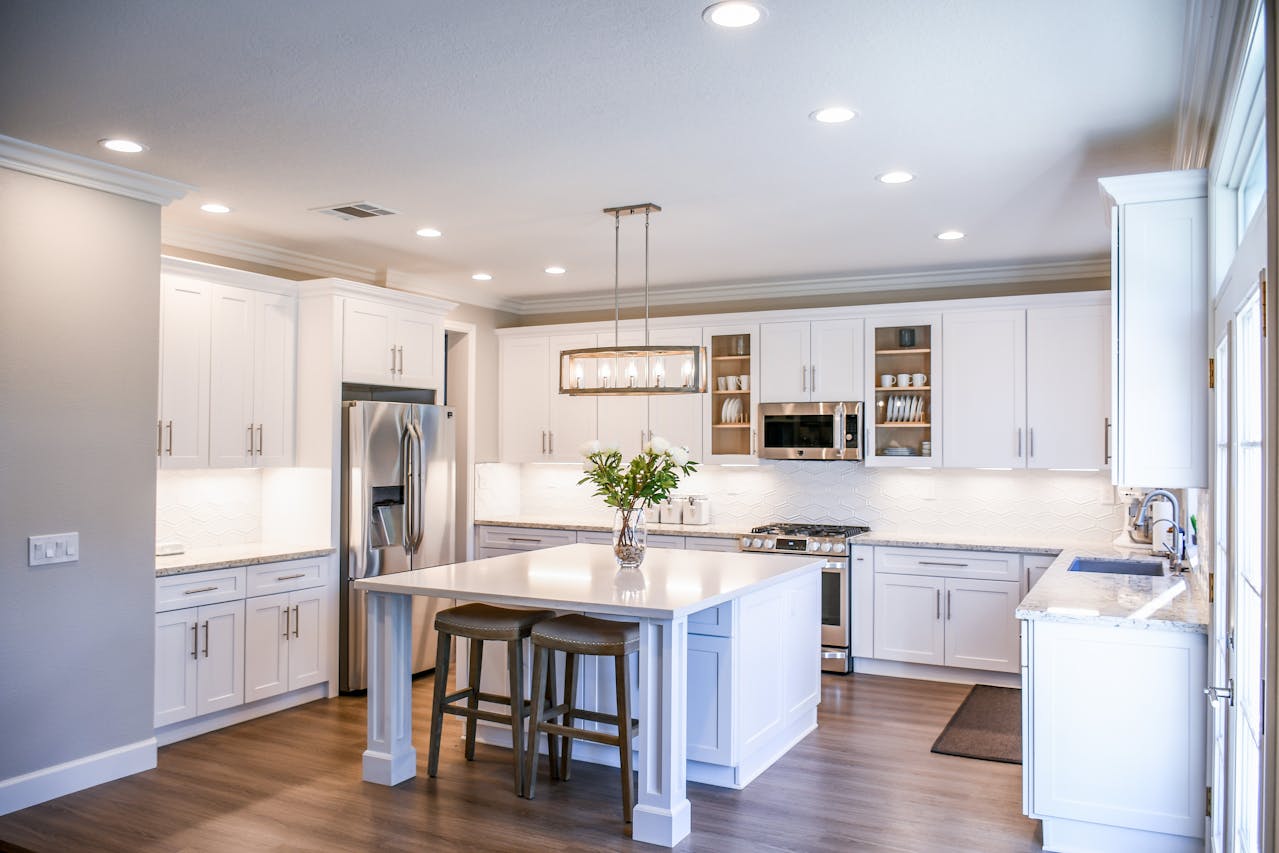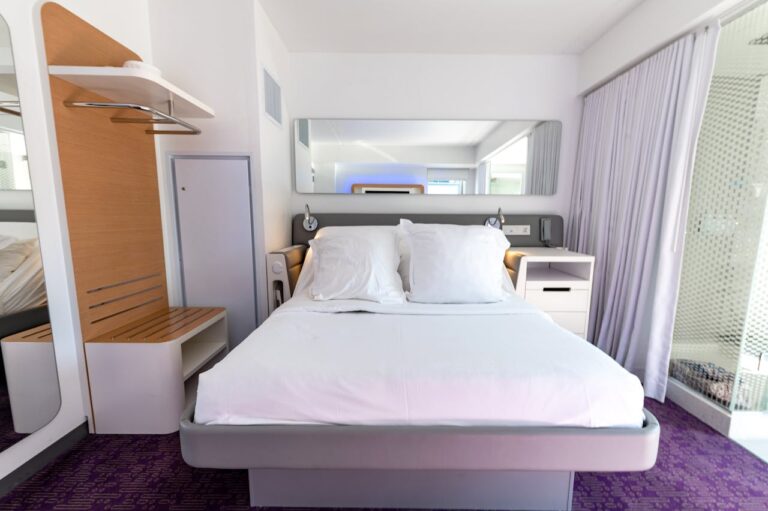
Have you ever watched someone walk into a kitchen during a house tour? There’s this moment – usually about three seconds in – where their expression tells you everything. Those three seconds could mean thousands of dollars in your home’s value, notes property management company RPM Reliance. It’s fascinating how this one room, essentially a space for preparing food, has become the heart of modern home valuation. Let’s dive into the psychology, economics, and surprising realities of how kitchen design impacts your home’s worth.
The First Impression Factor
The Golden Triangle Theory
The workspace triangle – that sacred path between your sink, stove, and refrigerator – isn’t just about convenience. Studies show that an efficiently designed kitchen triangle can add up to 30% more to your home’s perceived value compared to an awkward layout. Think of it as choreography: every step should feel natural, every movement purposeful.
Fun Fact: The kitchen work triangle concept was developed in the 1940s by the University of Illinois School of Architecture to optimize kitchen efficiency for single-cook households – but it still holds incredible value in today’s multi-cook homes.
The Layout Legacy
Premium manufacturers like OPPEIN understand that a well-planned kitchen layout transcends trends. The key lies in creating a space that feels both efficient and inviting. An open-concept kitchen that flows into living spaces can increase home value by up to 15% more than a closed-off kitchen of the same size. It’s not just about removing walls; it’s about creating sight lines that make the entire home feel more spacious and connected.
The Investment Sweet Spots: Kitchen Design
High-Impact Elements
Not all kitchen designs carry equal weight in home valuation. Professional appraisers consistently identify these areas as value drivers:
- Cabinetry quality and condition (accounting for up to 40% of kitchen value)
- Counter space and material choices
- Natural light optimization
- Storage solutions
- Professional-grade appliances (even if they’re just professional-looking)
The Technology Integration Factor
Modern buyers expect modern conveniences. Smart kitchen design features, from touchless faucets to integrated charging stations, can significantly impact buyer interest. However, the key is choosing technology that enhances functionality without becoming quickly outdated.
The Psychology of Space and Value
Color Psychology in Valuation
Here’s where science meets design: kitchens painted in certain colors can actually affect sale prices. Warm whites and soft grays typically yield higher offers than bold or trendy colors. The reason? These neutral tones help potential buyers envision their own style in the space while suggesting cleanliness and maintenance.
Fun Fact: Homes with white kitchens sell for an average of $1,400 more than similar homes with less popular color schemes, according to a recent real estate study.
The Natural Light Premium
Natural light isn’t just about brightness – it’s about perceived value. Kitchens with ample natural light can command premiums of up to 10% higher than similar but darker spaces. The psychology behind this is fascinating: natural light makes spaces feel larger, cleaner, and more inviting.
Future-Proofing Your Investment
Sustainable Design Impact
Eco-friendly kitchen designs aren’t just trending – they’re becoming value multipliers. Energy-efficient appliances, sustainable materials, and water-saving fixtures increasingly influence home valuations. The key is balancing initial investment with long-term value appreciation.
Flexibility for Future Needs
Smart kitchen design anticipates change. Modular elements, adjustable storage solutions, and multi-purpose spaces can future-proof your kitchen’s value. Consider how your kitchen might adapt to different family sizes, aging in place, or changing work-from-home needs.
The Hidden Value Drivers
Storage Solutions
Never underestimate the power of smart storage. Well-designed storage solutions can make a modest-sized kitchen feel luxurious. Think vertical storage, corner solutions, and hidden organizational systems that maximize every inch of space.
The Social Kitchen Factor
Today’s kitchens aren’t just for cooking – they’re entertainment spaces, home offices, and family gathering spots. Design elements that facilitate these multiple uses, like islands with seating or dedicated work nooks, can significantly impact home value.
Regional Considerations and ROI
Market-Specific Returns
What adds value in Manhattan might not in Montana. Understanding your local market is crucial. In some areas, professional-grade appliances are expected; in others, they might be seen as unnecessarily luxurious. Research local sales data and consult with local realtors to understand what buyers in your area value most.
The Renovation Sweet Spot
There’s a delicate balance between under-improving and over-improving your kitchen—the general rule: your kitchen design should be consistent with the rest of your home and neighborhood standards. Going too luxurious can actually hurt your ROI if potential buyers feel the kitchen overshadows the rest of the house.
Also Read: Kitchen Ergonomics: Optimizing Standard Dimensions
The Final Perspective
Remember this: a kitchen’s impact on home value isn’t just about the materials used or the appliances installed – it’s about how the space makes people feel. The most valuable kitchens are those that tell a story of possibility and whisper promises of family gatherings, quiet morning coffees, and memorable meals.
Here’s a thought to ponder: In an age where restaurants deliver at the touch of a button and meal prep services are booming, why do home buyers still place such a premium on beautiful kitchens? Perhaps it’s because, deep down, we all recognize that the kitchen is more than a place to cook – it’s where life happens, where memories are made, and where home truly begins.
What story does your kitchen tell, and more importantly, what story could it tell? Leave us a comment.








